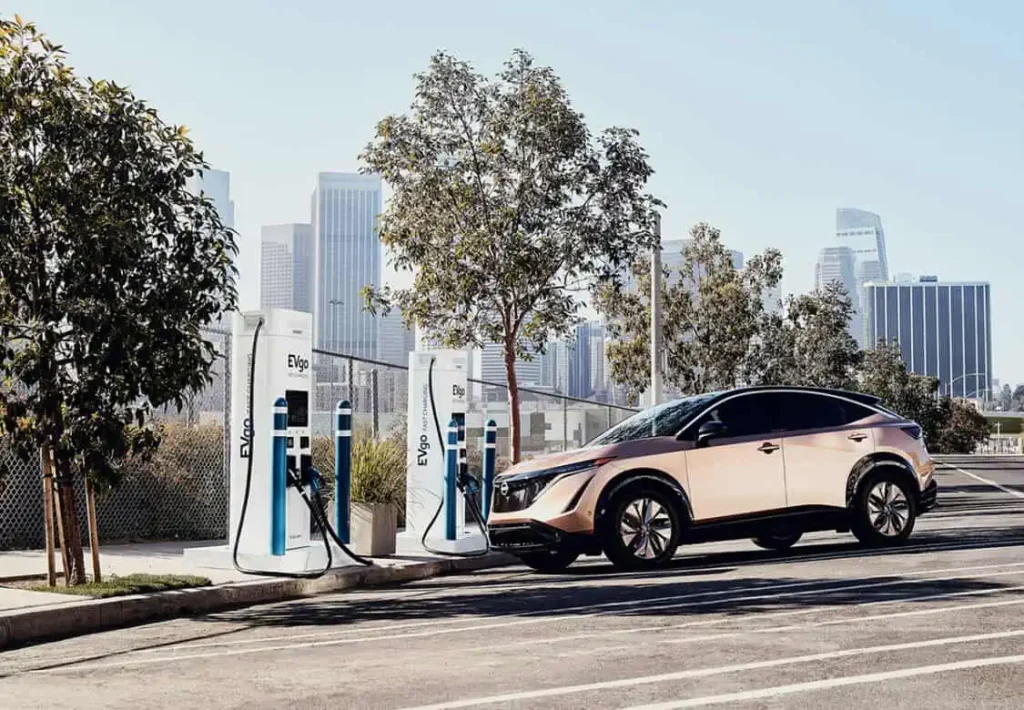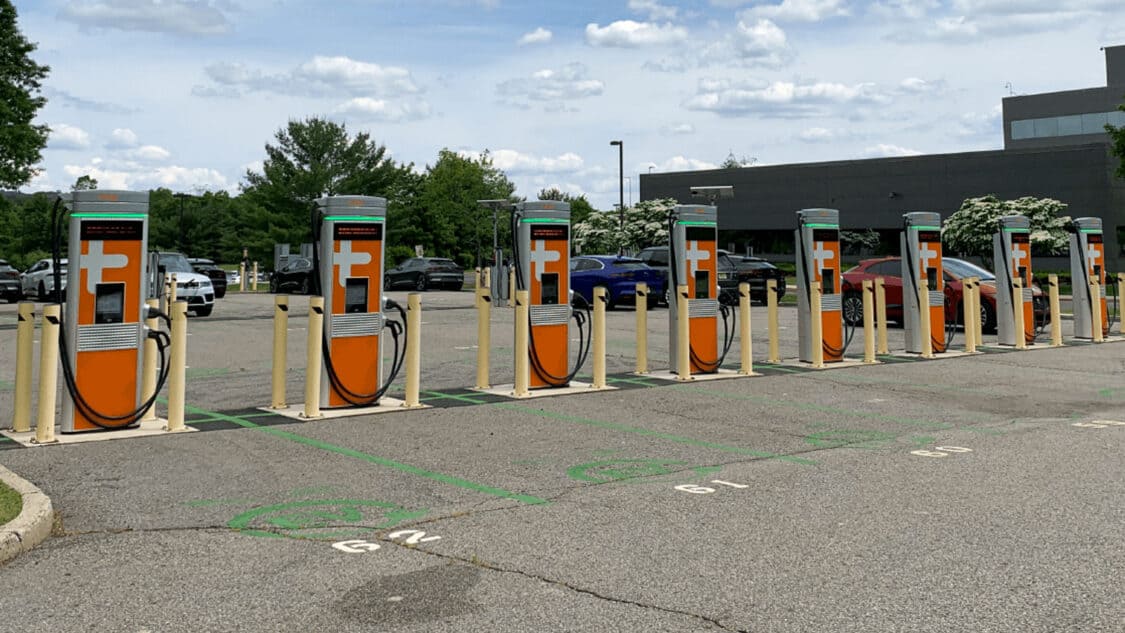EV Charging Profits Gained Significantly in 2023
The rise in utilization of fast-charging stations across the US marks a significant trend towards the profitability and acceptance of electric vehicle (EV) charging infrastructure. In the span of a year, the daily use of these charging points saw a notable increase, jumping from a 9% usage rate at the beginning of the year to 18% by December.
This data was highlighted by Stable Auto Corp., a pioneering startup from San Francisco dedicated to optimizing the placement of EV charging facilities. By the conclusion of 2023, this enhancement in usage meant that each fast-charging station in the nation was actively charging vehicles for an average of almost five hours daily. This progression is a clear indicator of the growing shift towards electric vehicles, as well as the expanding opportunities for businesses invested in the development of EV charging infrastructure.

“There’s been a noticeable increase,” said Brendan Jones, chief executive officer of Blink Charging Co., which operates about 5,600 charging stations in the US. “We’re heading into 9% and 10% market penetration [for EVs]. Even if we stay at 8%, we’re still not going to have enough charging.”
The increase in electric vehicle (EV) charging station usage not only highlights a surge in EV adoption but also marks a pivotal moment of profitability for many operators. According to Rohan Puri, CEO of Stable Auto, a charging station reaching or exceeding a 15% operation threshold is a significant indicator of moving from red to black in financial terms. This achievement underscores the year’s upward trajectory in terms of utilization rates, turning a solid profit for the first time for numerous stations. This shift not only exemplifies successful business models within the EV infrastructure but also reaffirms the accelerating momentum towards a more sustainable and electric-powered transportation future.
It’s “a threshold that truly makes my spirits soar,” Cathy Zoi, former CEO of EVgo Inc., said on an earnings call in September. “We believe the go-forward picture on network profitability is stronger than ever.” EVgo operates about 1,000 stations in the US; in September, almost one-third of them were humming at least 20% of the time.

EV charging infrastructure in the United States has historically faced a “chicken-and-egg” scenario, with the availability of charging stations lagging behind due to cautious government subsidies and the vast expanse of the interstate system. This standoff has restrained the expansion of charging networks, even as prospective EV owners hesitated, citing the scarcity of charging options as a deterrent. However, the landscape is starting to shift with the introduction of the National Electric Vehicle Formula Infrastructure (NEVI) program, which injects $5 billion of federal funding into building a public, fast-charging network.
This initiative plans for at least one charging station every 50 miles along major travel corridors. Despite the slow initial rollout of these funds, the emergence of nearly 1,100 new public, fast-charging stations in the latter half of the previous year—marking a 16% rise—signals a significant uptick. By the close of 2023, the U.S. boasted almost 8,000 spots for speedy EV charging, indicating a stride towards achieving a balance between charging stations and electric vehicles on the road. This growth equates to approximately one fast-charging station for every 16 gas stations, illustrating the burgeoning shift towards a more electrically powered transportation future within the U.S.
“There’s a widespread belief in the industry that fast charging is not a profitable business,” Rohan Puri, CEO of Stable Auto said. “But what we’re seeing is for many stations that no longer holds true.”
In a Number of States, Charger Utilization Rates Are Already Well Above the National Average
In a remarkable evolution of the EV infrastructure, certain states are witnessing charger utilization rates that soar above the national average, delineating a trend where the demand for electric vehicle charging is surpassing the anticipated growth. States like Connecticut, Illinois, and Nevada stand at the forefront of this shift, with fast-charging stations in Illinois achieving an impressive average daily utilization rate of 26%, the highest in the nation. This surge in charger usage comes despite the introduction of thousands of new fast-charging stations, underscoring a reality where the pace of EV adoption distinctly outstrips the expansion of charging infrastructure.
The notable increase in station uptime is particularly significant against the backdrop of historical challenges in maintaining operational charging networks. However, this intensification in usage illustrates a paradox of diminishing returns. According to insights from Jones at Blink, while a charging station begins to turn profitable at around 15% utilization, reaching or surpassing a 30% utilization rate often leads to congestion issues, prompting drivers to seek alternatives and station operators to consider expanding their facilities. This dynamic underscores a critical juncture in the development of EV charging infrastructure, where balancing capacity with rapidly growing demand becomes increasingly imperative.
While the lack of electric vehicle (EV) charging infrastructure has historically been a stumbling block for adoption, current trends suggest a significant shift that promises to propel the EV market forward. Charging networks, buoyed by improving financials and, in some instances, bolstered by federal incentives, are poised for expansive growth. This development is likely to inspire confidence among EV-curious individuals, nudging them towards making the switch to electric. Notably, the analytical framework employed by Stable Auto, which considers a comprehensive array of 75 variables to assess the viability of potential fast charger sites, increasingly signals positive prospects for new installations.
EVinfo.net commends Stable Auto for its valuable services to the EV charging industry.
